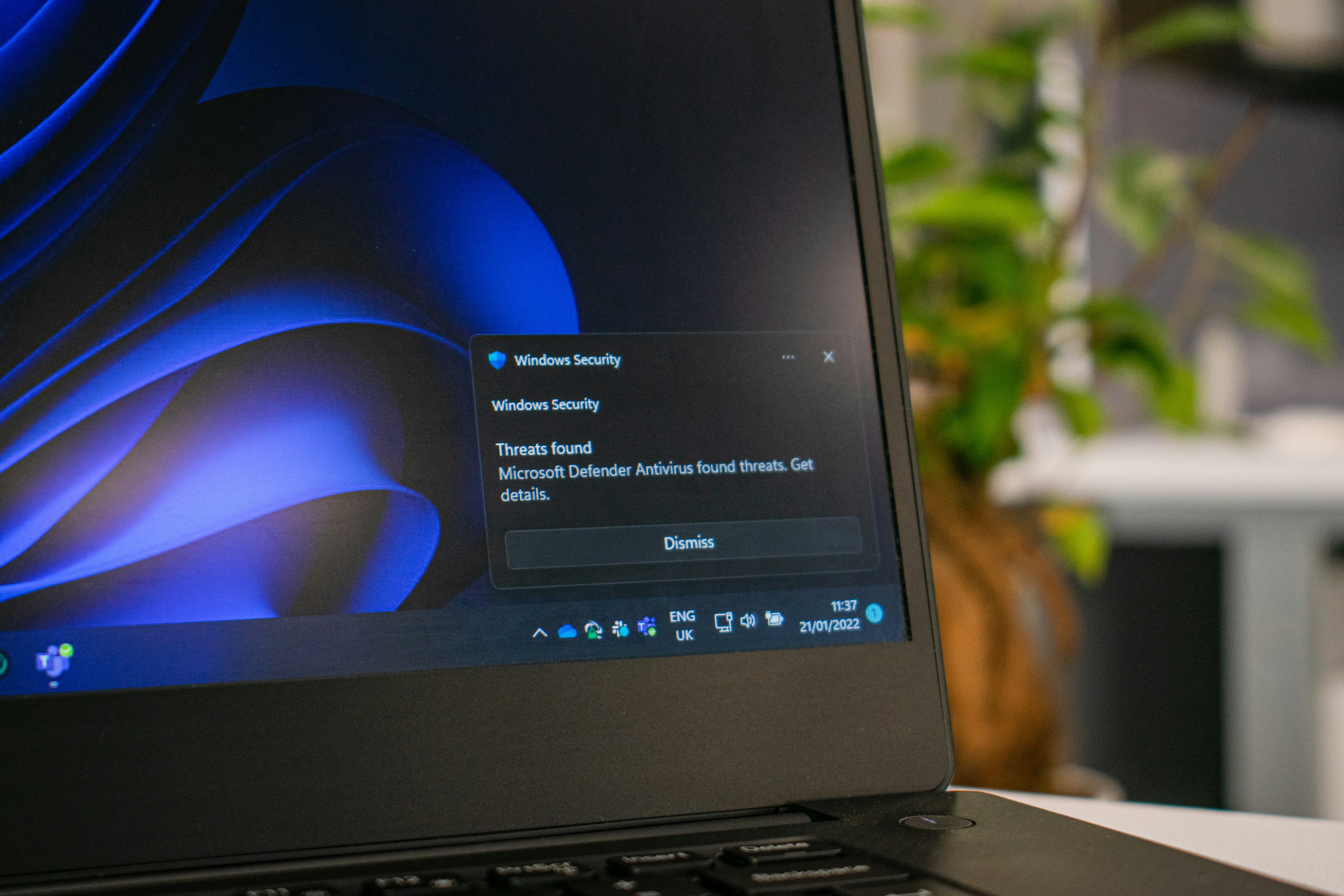Fast, reliable internet connectivity is already a major business need. But as more and more devices go online, it’s set to become even more important.
The internet is already a huge part of doing business. It’s something organisations use every day, for everything from ordering stock or managing their websites to sharing files or sending instant messages to colleagues. And as we move from analogue phone lines to digital ones, there’ll be even more online devices to connect.
But that’s just the start. As well as computers and phones, the average business is likely to end up with many other devices and systems connected to the internet too. This is what’s commonly known as the Internet of Things (IoT), where online features are built into everyday items. This connectivity allows for features like remote access and for devices to talk to each other too.
In this blog, we’ll look at some of the connected devices that businesses are already using and which are likely to become more common in future.
Digital phones
Also known as internet or IP phones, digital phones are a big part of the interconnected workplace. This is mainly due to the old, analogue phone network getting switched off in 2025.
Businesses are advised to make the move to digital phones lines as soon as possible, to avoid disruption later and because it offers some big advantages. You can use your line anywhere, on desk phones, computers and mobile phones. And you can get all the calling features you’re used to, plus many more.
Security
Thanks to the fast speeds and the reliability of modern internet connections, you can connect a wide range of security devices. As well as high-definition surveillance cameras, you can protect your business with online alarm systems and smart locks. You can then access video feeds from anywhere, get notifications if an alarm is triggered or remotely allow someone into your premises.
Many of these systems currently use traditional phone lines, so they’ll need to be upgraded by 2025.
Sensors
There are practically endless ways businesses can use sensors. These devices can take measurements and readings, then send them over the internet to be analysed or acted on.
For example, supermarkets can use IoT sensors to track stock levels or storage temperatures. Factories can use them to get feedback about the current condition of their machines. And offices can use them to detect how much time people spend in certain rooms. There really is no limit to what you can do with sensors, and they’re likely to become even more important in future.
Voice assistants
If you’ve used Alexa, Siri or Cortana, you’ve used a voice assistant. Consumers up and down the country have invested in smart devices like Amazon Echo and Google Home, but voice assistants can be just as useful in a business setting too.
Want to turn off all the lights in the office? Ask your voice assistant. Need to set reminders for all your meetings for the week. Just ask. This smart technology is also great for placing calls, searching for information and even talking to your customers for you.
Virtual reality and augmented reality
Both virtual reality (VR) and augmented reality (AR) technology have made great strides in recent years. In the consumer market, VR headsets like Facebook’s Oculus Quest have sold well to gamers. The uses for business include virtual meetings and interactive training.
Meanwhile, AR has seen more success in enterprise settings, with devices like Microsoft Hololens winning major contracts. AR has the potential to transform practically every industry, from medicine to engineering, enabling users to see relevant information overlaid on a view of the real world.

Mobile devices
Smartphones, laptops and tablets will continue to have a key role in the interconnected workplace. Thanks to unified communications, workers can use their mobile devices to make calls, hold videoconferences, share files and send messages.
And because many of the apps and services we use will be cloud based, remote workers will be able to fit in seamlessly with the rest of the workforce.
Other smart devices
Just about anything you can think of can join the Internet of Things. The air conditioning, the lights, even the fridge and toaster in the office kitchen – they could all have internet connectivity added to them. That means they can be controlled remotely, or they can automatically send or receive information.
How everything fits together
These are just some of the internet-connected devices that modern workplaces have now or will have in the future, alongside desktop computers and laptops. But they aren’t just isolated systems; they’re also connected to each other.
For example, you could switch off your smart lights, which could then tell your smart plug sockets to turn off as well. And with cloud apps, you can access your work from a range of devices, no matter where you are. You can even work on documents with other people at the same time as each other.
The connectivity driving the future
The rapidly growing number of connected devices means internet connections will need to be faster and more reliable than they’ve ever been. That’s why we offer broadband solutions that are powered by the BT network. It offers availability of 99.999%, which means you can rely on your connection to be there when you need it.
We can also help you with digital phones, video calling software and collaboration tools. Get in touch with us at hello@onecompartners.co.uk to find out more about our future-ready digital solutions.
.png)

